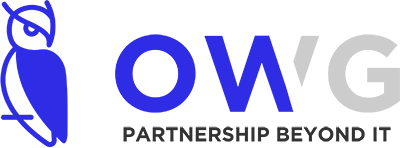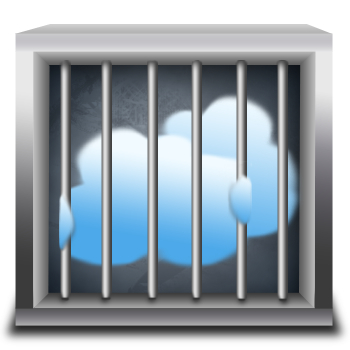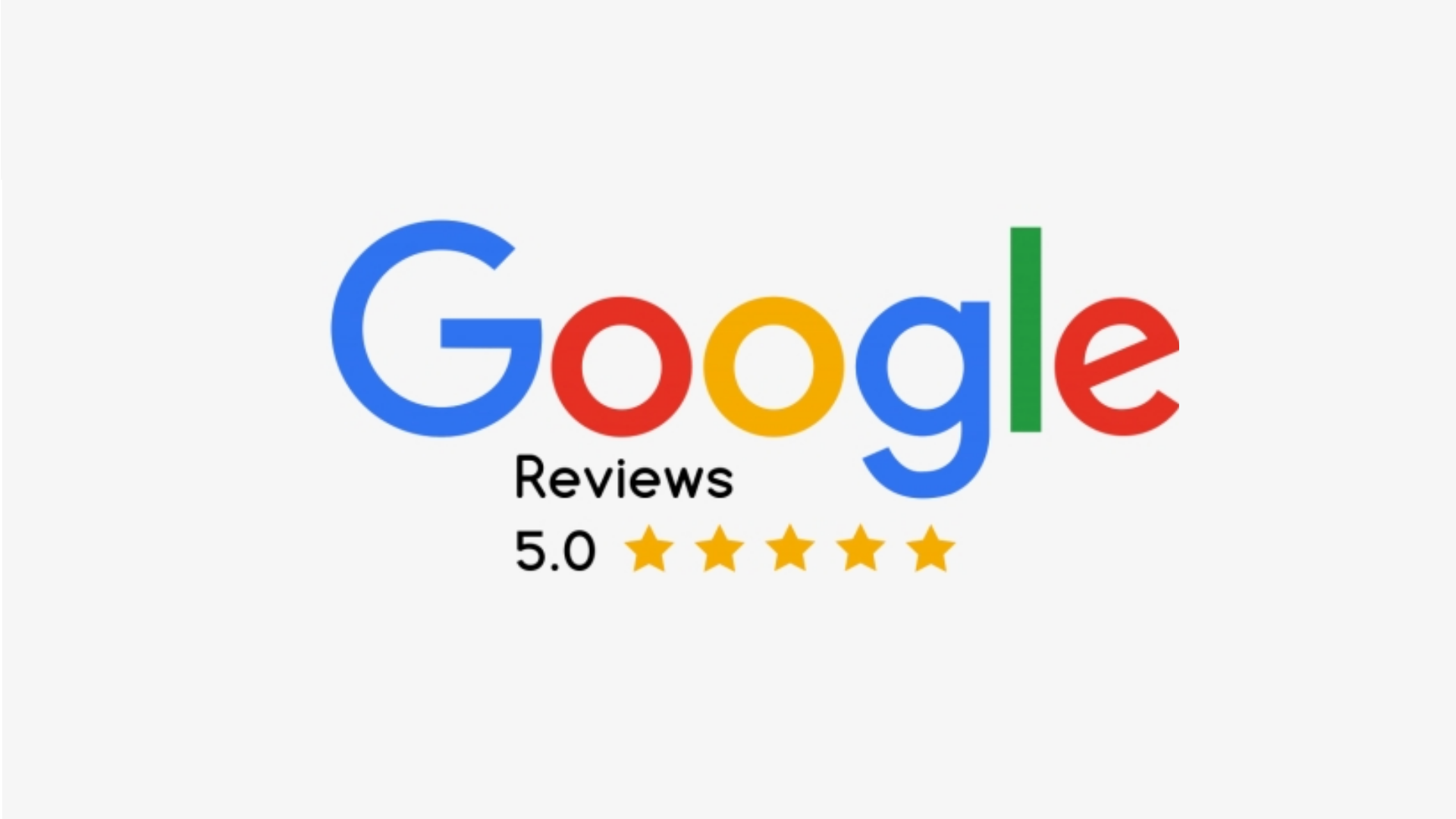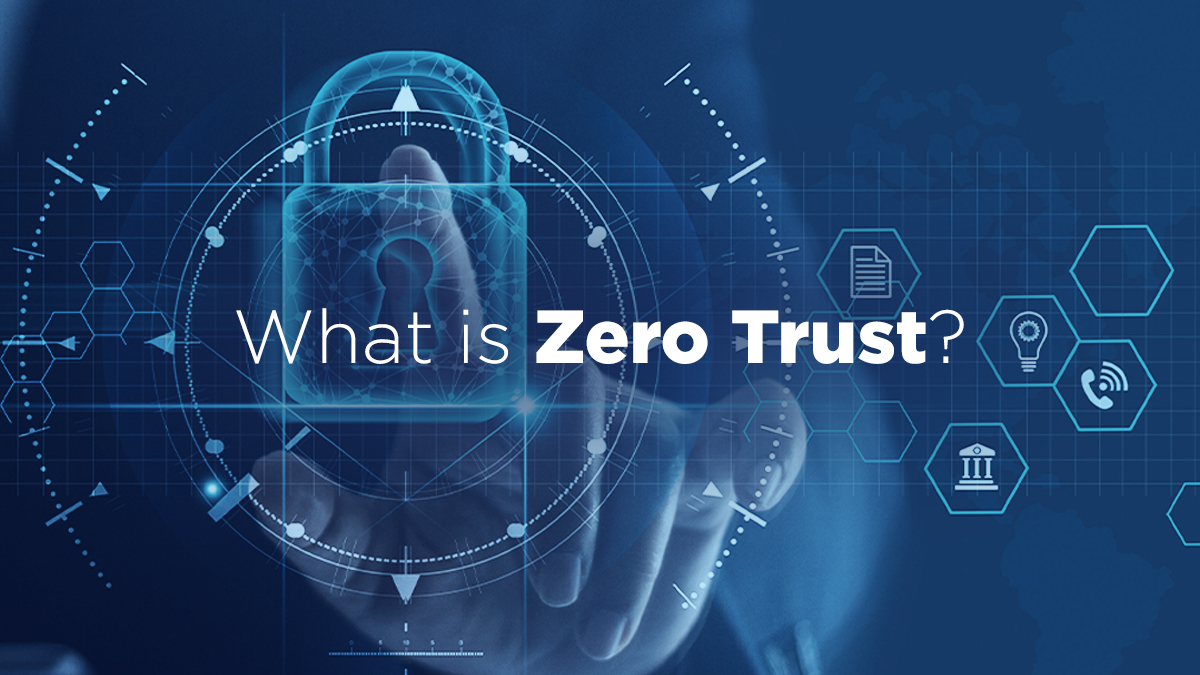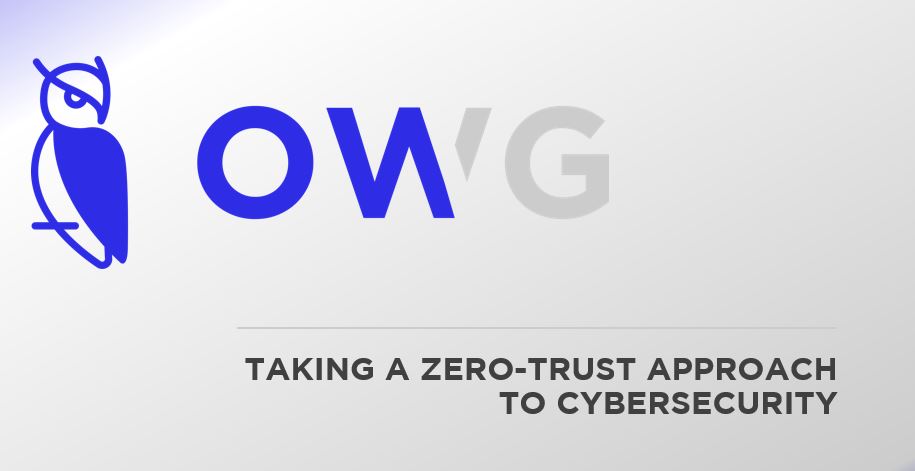You’ve built your business with care. Every hire, every system, every client — it all reflects the standards you’ve worked hard to maintain.
So here’s a question:
Why let someone else hold the keys to your IT environment?
We talk to law firm admins, financial directors, healthcare teams — people with serious responsibilities — every single week. And the story is often the same:
“Our last IT provider set everything up… but now we can’t make changes without them.” “We don’t really know what we’re paying for — and we’re scared to move providers.” “If something breaks, we have to wait in line. But we’re the ones footing the bill.”
Sound familiar?
You’re Not Alone — But You Do Deserve Better
Most businesses don’t realize just how much control they’ve handed over to their IT vendor — until they try to leave.
What starts as convenience becomes lock-in. You don’t have admin access. You don’t know where your backups live. You’re not even sure how to migrate if you wanted to.
That’s not partnership. That’s dependency.
And at OWG, we don’t believe in that.
Our Philosophy: If You Own the Business, You Should Own the Environment
We believe in building IT environments that are yours. Configured for your business. Documented clearly. Accessible when you need it. And designed so that you always have the freedom to make decisions.
That means:
- No proprietary traps
- No hidden licensing dependencies
- No holding your infrastructure hostage
- Full admin access when you need it
- Clean documentation and transparent configurations
Because we trust our service — we don’t need to trap you to keep you.
What Real IT Partnership Looks Like
When you’re truly supported, you:
- Know exactly where your data lives
- Understand your infrastructure (at least at a high level)
- Can call your provider and get a real human response
- Aren’t afraid of change — because your systems were built to flex
That’s what we mean by freedom with support.
You Should Never Be Afraid to Outgrow Your Provider
Let’s be real: sometimes companies outgrow their vendors. That’s not a failure — it’s a sign of progress.
But when you’re locked into a system you don’t own, moving forward feels impossible. You delay upgrades. You stick with workarounds. You stay small because leaving seems too risky.
We don’t want you to feel stuck. We want you to feel supported, empowered, and free to grow — even if one day, that growth means moving on from us.
Our Promise: You Stay Because You Want To, Not Because You Have To
We don’t rely on retention through restriction. We rely on:
- Excellent service
- Real relationships
- Strategic guidance
- Human-first support
- Clear, future-ready systems
And that’s why our clients stay.
You own your business. You deserve to own your IT, too. No mystery systems. No digital handcuffs. No waiting days for help.
Just clarity, control, and confidence.
Let’s talk about what it means to build an IT environment that actually belongs to you.
